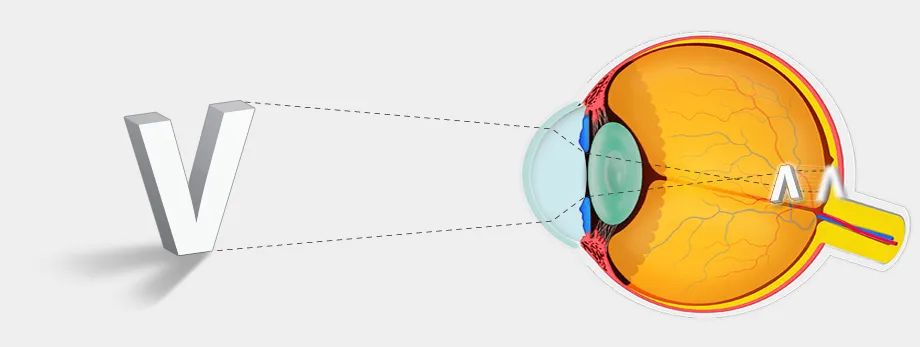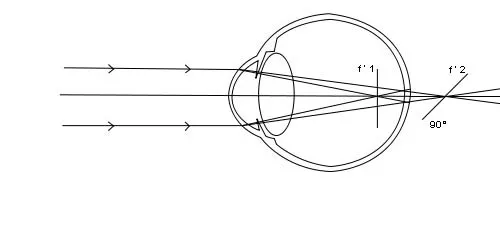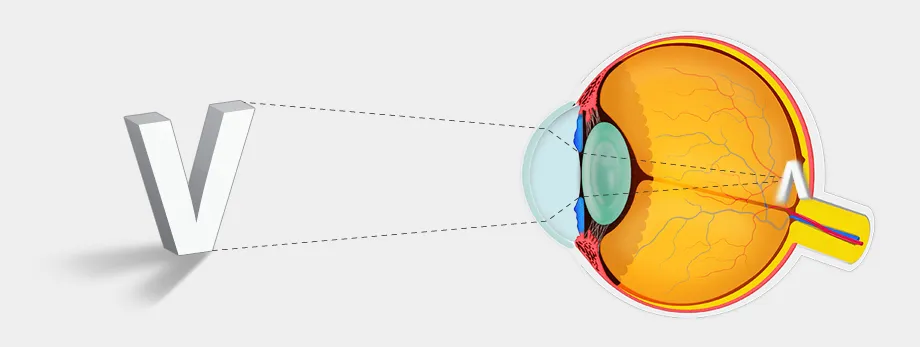Home > Pathologies and treatments > Vision disorders
- – Vision disorders
Vision disorders
What is it?
Vision disorders are conditions that affect the ability to see clearly. They may be due to refractive anomalies, eye diseases or neurological problems. Here are the main vision disorders:
Refractive errors
They are caused by an anomaly in the curvature of the cornea or lens, preventing the image from focusing correctly on the retina.
Myopia: Vision blurred at a distance, but clear at close range (the image forms in front of the retina).

Hyperopia: Blurred vision at near and sometimes far distances (image forms behind the retina).
Astigmatism: Distortion of vision due to an irregular cornea (objects appear distorted or blurred).

Presbyopia: Progressive loss of the ability to see up close due to aging of the crystalline lens (appears around age 40-45).

Eye disease disorders
Cataract: Opacification of the crystalline lens, leading to blurred vision and increased sensitivity to light.
Glaucoma: Increased intraocular pressure, which can damage the optic nerve and lead to progressive loss of the visual field.
Age-related macular degeneration (AMD): Damage to the macula, reducing central vision and making it difficult to read or recognize faces.
Diabetic retinopathy: Damage to the blood vessels of the retina in people with diabetes, causing hemorrhages and progressive vision loss.
Neurological and other disorders
Diplopia (double vision): May be caused by a muscular or nervous problem.
Night blindness: Difficulty seeing in dimly lit environments (often linked to vitamin A deficiency or retinal disease).
Hemianopsia: Loss of half the visual field, often due to stroke or brain damage.
Scotomas: Blind areas in the field of vision (e.g. central scotoma in AMD).
